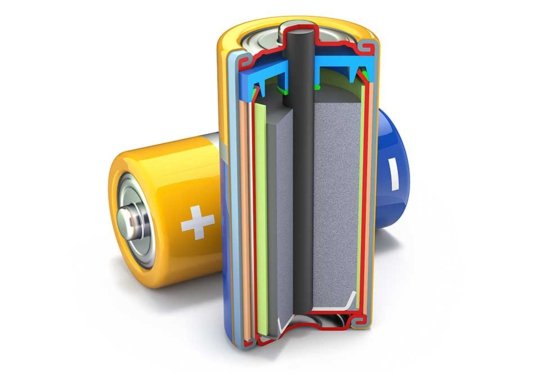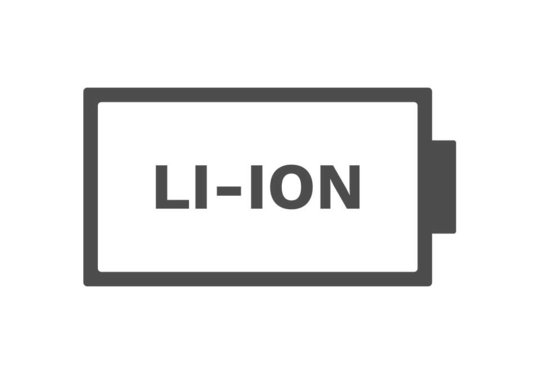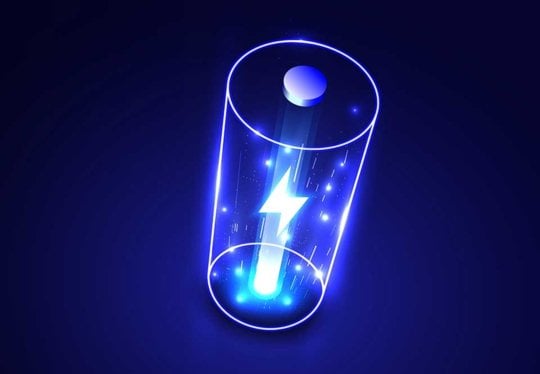Batteries have become a fundamental component of our modern lives. From smartphones to electric vehicles, these energy storage devices have revolutionized the way we power our world. Behind the scenes of every battery, there lies a complex interplay of materials and technologies, with one of the most critical elements being the precursor cathode active material.
The cathode of a battery is where the magic happens. It's the positive electrode responsible for the electrochemical reactions that store and release electrical energy. The choice of cathode material plays a significant role in a battery's performance, influencing parameters such as energy density, cycle life, and charging speed. In this article, we'll delve into the fascinating world of battery precursor materials, with a focus on precursor cathode active materials and their pivotal role in the quest for more efficient and sustainable energy storage solutions.


While there are various types of batteries in existence, lithium-ion batteries (Li-ion) have emerged as the dominant technology for portable electronics, electric vehicles, and renewable energy storage. Li-ion batteries operate by shuttling lithium ions back and forth between the anode (typically graphite) and the cathode, which contains cathode active materials.
The common cathode materials in Li-ion batteries include lithium cobalt oxide (LiCoO2), lithium manganese oxide (LiMn2O4), lithium iron phosphate (LiFePO4), and lithium nickel cobalt manganese oxide (LiNiCoMnO2 or NMC). Each of these materials has its unique advantages and limitations, making them suitable for different applications.
Battery precursor materials are the raw materials used to manufacture cathode active materials. These precursor materials undergo various chemical and physical transformations during the production process to yield the final cathode material. The quality and characteristics of the precursor materials directly impact the performance and properties of the resulting cathode.
Research and development in the field of battery precursor materials are ongoing to improve battery performance, safety, and sustainability. Some key areas of advancement include:

The future of battery precursor materials is closely tied to our quest for more sustainable, efficient, and versatile energy storage solutions. Researchers and manufacturers are continually exploring new materials and production processes to enhance battery performance and reduce environmental impact.
One exciting development is the emergence of cathode materials based on earth-abundant elements, such as iron and sodium, which can potentially reduce the environmental and supply chain challenges associated with some existing cathode materials. Additionally, innovations in the production of precursor materials are focusing on reducing costs and improving the scalability of battery manufacturing.
Solid-state batteries are another area to watch. As the technology matures, the choice of precursor materials for solid-state cathodes will play a pivotal role in bringing these next-generation batteries to market.
Furthermore, the rise of recycling and second-life batteries will help close the loop on materials, ensuring that valuable resources are not wasted and contributing to a more sustainable battery industry.
Battery precursor materials, especially those used in cathode active materials, are the unsung heroes behind the batteries that power our modern world. These materials undergo a remarkable transformation to become the heart of batteries, influencing their performance, safety, and environmental impact.
As we continue to advance battery technology and search for more sustainable and efficient energy storage solutions, the development of precursor materials is poised to play a central role. With ongoing research into new materials, recycling, and novel production processes, the future of battery precursor materials is undoubtedly a bright one, promising more powerful, safer, and environmentally friendly batteries for a wide range of applications.